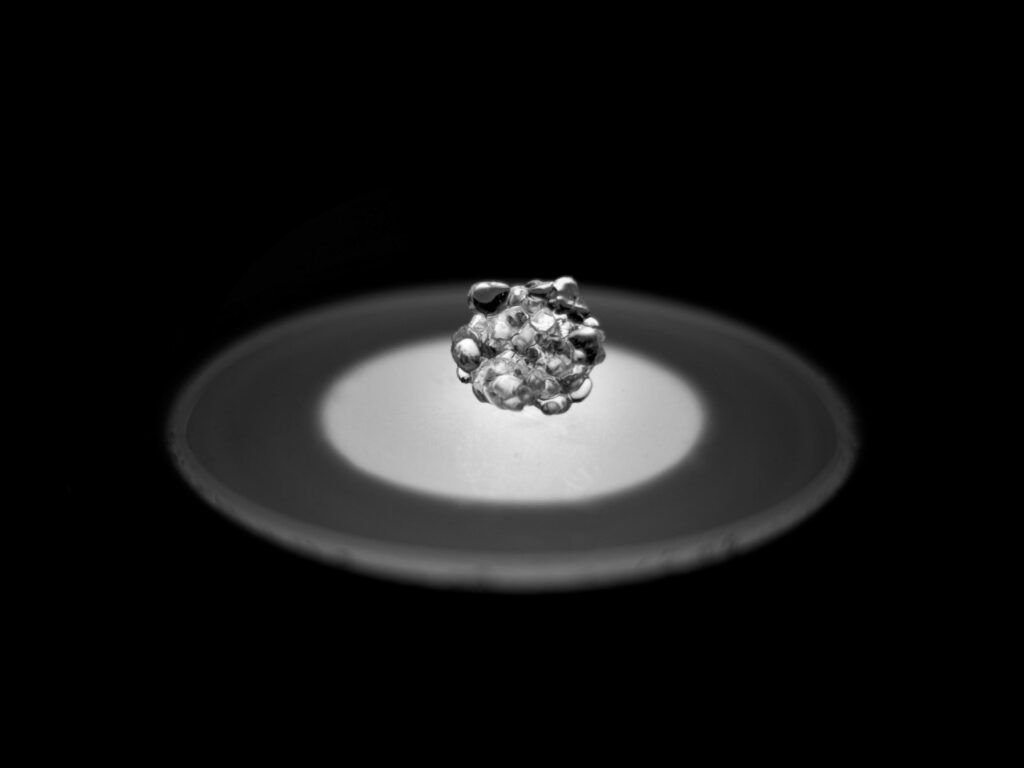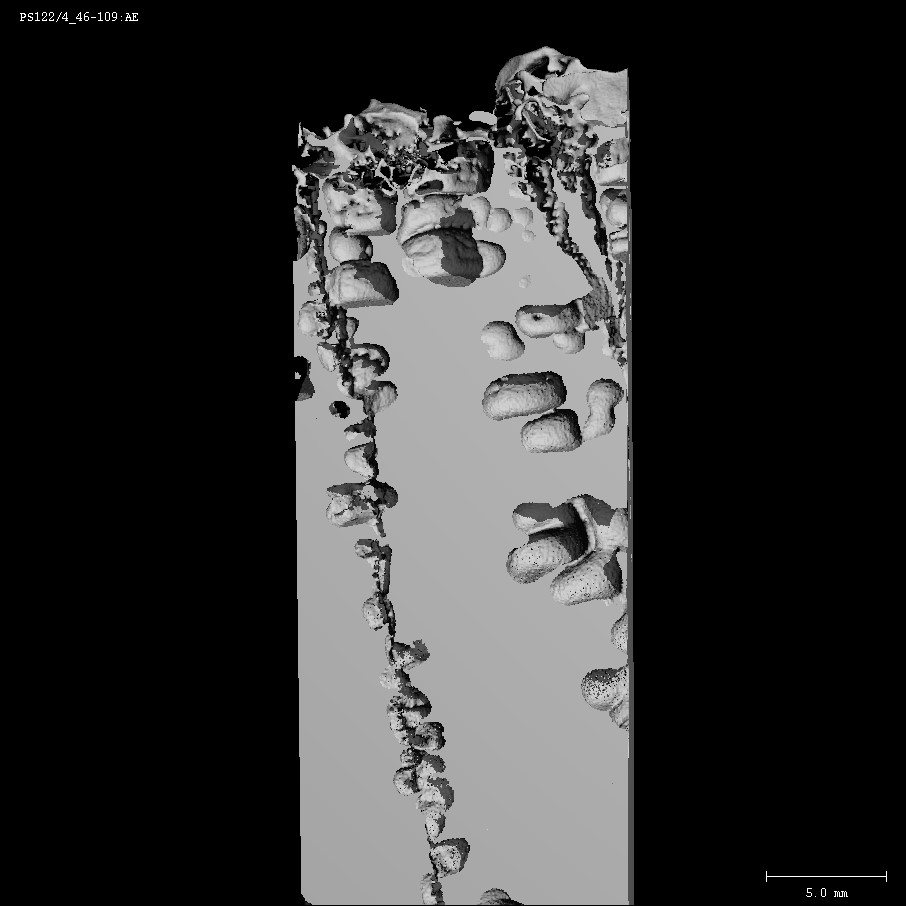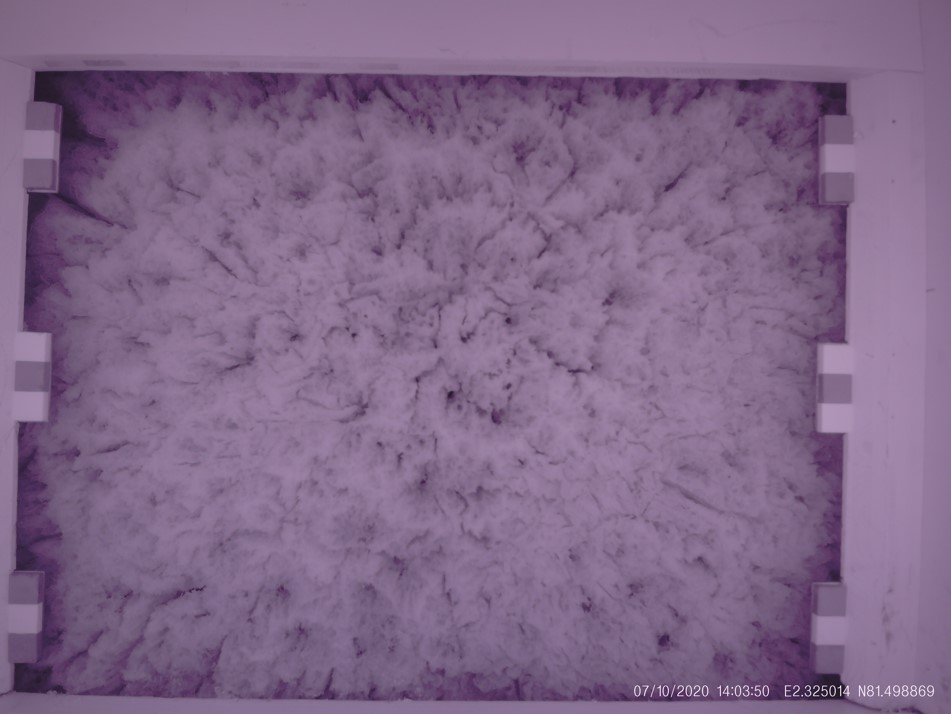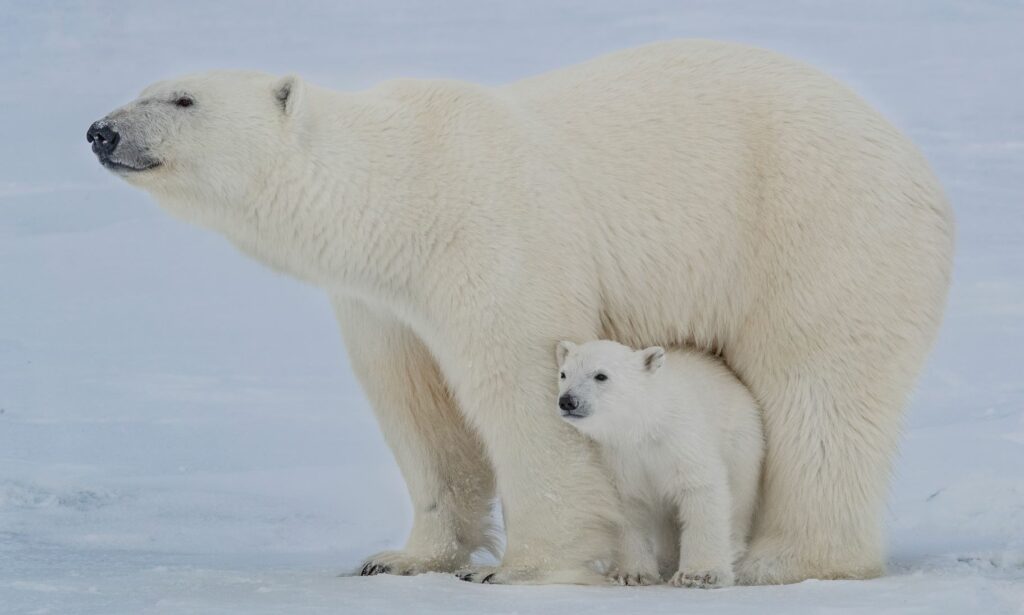Because she was able to take the place of someone else, post-graduate student Amy Macfarlane impulsively postponed her planned return to civilisation and extended her residence in the Artic by several months. That was how she was able to experience how “her” sheet of ice transformed to water once again.
On June 4th 2020 I saw land for the first time in 5 months. The whole Leg 3 team of the MOSAiC expedition had been waiting for this moment since our planned return in mid-April turned into June due to the current Corona-induced travel restrictions introducing some logistical challenges. A few hours later a member of the ice team dropped out and I had the opportunity to join leg 4. The decision to return to the sea-ice was easy and after a quick satellite call with my supervisor Martin Schneebeli and my family back in the UK, I mentally adjusted for another 3-4 months in the Arctic!
At the end of leg 3, we left the ice two days after experiencing the largest storm and ice dynamics event on the expedition. After returning a month later to the floe I was extremely surprised how much of it had remained intact. A quick decision was made to re-locate the major research infrastructure to an area of stronger second year ice, known as the fortress, which had been closely monitored over the winter.
Once work on the ice began again, it was clear that changes had happened on all scales. Initially the winter depth hoar was replaced by rounded grains (Figure 1) as the temperature in the snow was consistently around 0°C. The floe was an extremely wet, flat, flooded area with a covering of slushy snow with high liquid water content. Melt ponds started forming and spanning extremely vast areas.

Over the course of a week, we observed large drainage events. Brine channels became linked in the ice structure (Figure 2) and melt ponds became connected. This drainage removed a lot of the surface water and which correlated to a large reduction in melt pond area. Previously submerged melt pond bottoms started to appear with incredible structures (Figure 3).


Clams and starfish
Sediment became more and more visible- we found large rocks, shells and even starfish(!) in the ice. This confirmed our knowledge that the second-year ice areas of our floe had begun as fast-ice in the Siberian arctic.
After the drainage events occurred, the ice surface which re-appeared was once submerged in melt ponds. The fascinating thing about this new surface was it wasn’t bare-ice but white and “snowy”! What we were seeing now was the surface scattering layer. This is when the top ice layer is exposed to temperatures above 0°C and there is good drainage, it becomes extremely porous and small pillar-like structures emerge. This structure has a large influence on the so-called albedo which is a measure of how much light that hits a surface is reflected. I was often asked the question: “What’s the difference between snow and ice?” The answer: Snow has an atmospheric origin and ice is created from the freezing of ocean water.
Deep-down melting pond
A few sunny days and the melt ponds started to deepen, undercutting the edges, and top melt was clearly seen with instruments now sitting on raised platforms.
We saw 27 polar bears throughout leg 4! One week in July we had daily visits. This limited our work on the ice and I would (unofficially) estimate 80-90% of the days were foggy adding to this challenge.

On 30 July our ice floe had definitively reached the end of its shelf life: it broke apart into a multitude of fragments. One day prior to that we had begun to dismantle our research camp. The “pole star” will now plunge further to the north, where new ice floes will soon be formed.
Now I am preparing to hand over to Leg 5. We will then spend two weeks on board the research icebreaker Akademik Tryoshnikov retrieving instruments in the distributed network – our external station in the ice – and we plan to return towards the end of August. I think leaving the ice after living in this environment for 7 months will be a big shock to the system but I’m looking forward to seeing family and friends, eating a green salad and experiencing darkness again!
Amy Macfarlane is a PhD student at WSL. This field note relates to her participation in leg 3 of the MOSAiC expedition as part of the project team SnowMOSAiC co-funded by the Swiss Polar Institute.
The SnowMOSAiC team has posted more information on its participation in the MOSAiC expedition on a dedicated blog.
Header photograph: E. Salganik
© All rights reserved, Amy Macfarlane 2025